Healthcare organizations face a constant challenge, protecting patient data while ensuring that doctors, nurses, and administrative staff can access systems quickly and safely. From electronic health records to diagnostic tools, every second matters when caring for patients. This is where VDI solutions play a transformative role. By virtualizing desktops and applications, hospitals and clinics can create secure, flexible, and centrally managed IT environments that keep sensitive data protected without slowing down day-to-day care.
At Inuvika OVD Enterprise, we help healthcare providers simplify their IT operations with reliable VDI solutions that balance speed, security, and cost efficiency. Our Linux-based platform allows hospitals, research labs, and healthcare networks to deliver critical applications to users anywhere, while maintaining full control over data access and compliance.
Why Healthcare IT Needs a New Approach
Healthcare IT systems are under more pressure than ever. Medical staff work across departments, locations, and devices, from patient wards to mobile carts and remote offices. Each of these touchpoints introduces potential risks and complexity. Traditional desktop setups are difficult to secure and maintain across multiple sites, especially when managing patient data governed by strict regulations such as HIPAA.
VDI solutions help overcome these challenges by hosting desktops and applications in a central environment rather than on individual devices. This means clinicians and staff can log in securely from any authorized device, while all data remains in the data center, not on local machines. This approach reduces the risk of data loss, simplifies management, and ensures consistent performance across departments.
For IT teams, it also means fewer system updates to track and faster deployment of new software or security patches, a critical advantage when downtime could affect patient care.
How Modern VDI Solutions Strengthen Security
Data protection is the foundation of every healthcare system. Modern VDI solutions support that goal through layered security features and centralized oversight.
Here’s how they enhance protection in healthcare environments:
- Centralized Data Storage: Patient information never leaves the secure data center. Even if a device is lost or stolen, no sensitive data is stored locally.
- Strong Authentication: Multi-factor authentication and access controls ensure that only authorized users can access virtual desktops and applications.
- Simplified Compliance: With centralized control, it’s easier to meet data protection standards and conduct audits without searching multiple systems.
- Regular Updates and Patching: IT teams can roll out security updates to all users at once, reducing vulnerabilities that arise from outdated software.
- Network-Level Protection: Encryption and firewall policies secure connections between end-user devices and virtual desktops, preventing unauthorized access.
With these measures in place, healthcare institutions can focus on patient outcomes rather than worrying about cybersecurity threats.
Desktop Virtualization Software for Healthcare
Improving Accessibility and Collaboration
A hospital’s efficiency often depends on how easily staff can access the tools they need. Doctors might move from a consultation room to the ICU, then to an administrative meeting, all within an hour. VDI solutions make this mobility seamless by allowing users to reconnect to their virtual desktop from any authorized workstation or tablet. Their work environment follows them, complete with open applications and documents.
This approach not only improves speed and flexibility but also enhances collaboration. When teams in different departments, or even different facilities, share the same virtual platform, communication becomes faster and data sharing more secure. Research labs, for instance, can access shared applications without needing separate installations on every device, reducing setup time and costs.
The Role of Linux-Based VDI in Healthcare
While many healthcare organizations rely on Windows-based systems, Linux-based VDI solutions like those offered by Inuvika OVD Enterprise provide significant benefits. Linux offers strong stability, lower licensing costs, and a smaller attack surface compared to traditional environments.
Inuvika’s platform supports both Linux and Windows applications, so healthcare IT teams can integrate legacy tools while preparing for a more flexible future. This mixed environment ensures compatibility without vendor lock-in, which is especially valuable for hospitals managing tight budgets and evolving compliance standards.
By leveraging open standards and efficient resource usage, Linux-based VDI solutions help organizations reduce total cost of ownership while maintaining performance, freeing up resources that can be redirected to patient care and innovation.
Desktop Virtualization Software for Healthcare
Steps to a Successful Healthcare VDI Deployment
Implementing VDI solutions in healthcare requires planning and a clear understanding of user needs. Here are a few best practices:
- Assess User Roles: Identify how clinicians, administrators, and researchers use applications. Tailor desktop profiles to match their workflows.
- Ensure Network Reliability: Consistent connectivity is vital for uninterrupted access to medical systems and patient records.
- Train End Users: Provide simple guidance so staff can make the most of virtual desktops without confusion or delays.
- Plan for Growth: Choose a platform that scales as the healthcare organization expands to new locations or integrates new departments.
- Monitor Performance: Regular monitoring ensures systems remain responsive and helps IT teams address issues before they impact users.
With a thoughtful deployment plan, healthcare institutions can unlock the full potential of VDI and see immediate improvements in security, speed, and staff satisfaction.
Conclusion
Healthcare is built on trust, precision, and timely access to information. VDI solutions support these principles by giving healthcare professionals secure and reliable access to their digital tools, wherever they are needed.
At Inuvika OVD Enterprise, we work closely with hospitals, clinics, and research facilities to make virtual desktops practical, secure, and cost-effective. Our Linux-based VDI platform helps healthcare organizations protect patient data, meet compliance goals, and simplify IT management, all while improving the daily experience for clinicians and staff.
With the right virtual desktop infrastructure, healthcare organizations can focus less on technology hurdles and more on what truly matters, delivering excellent patient care.

